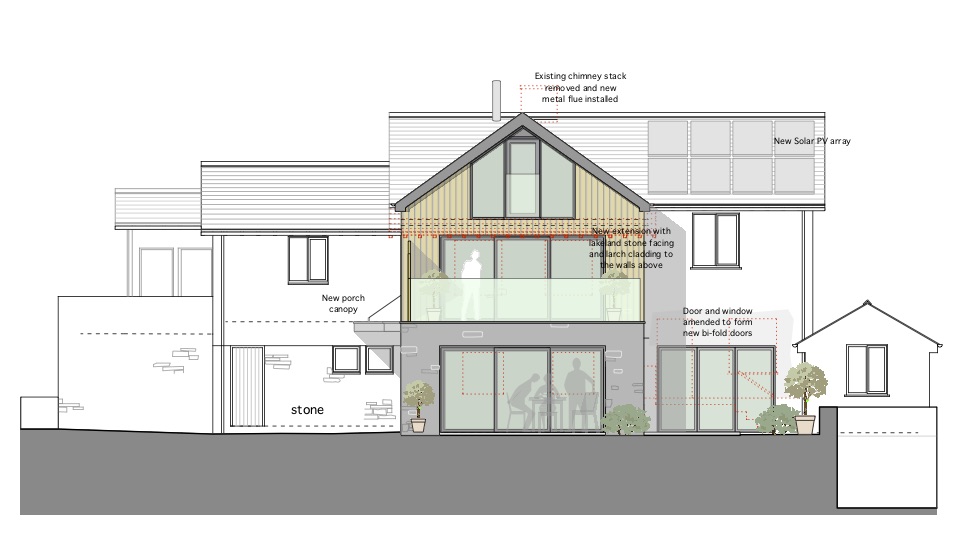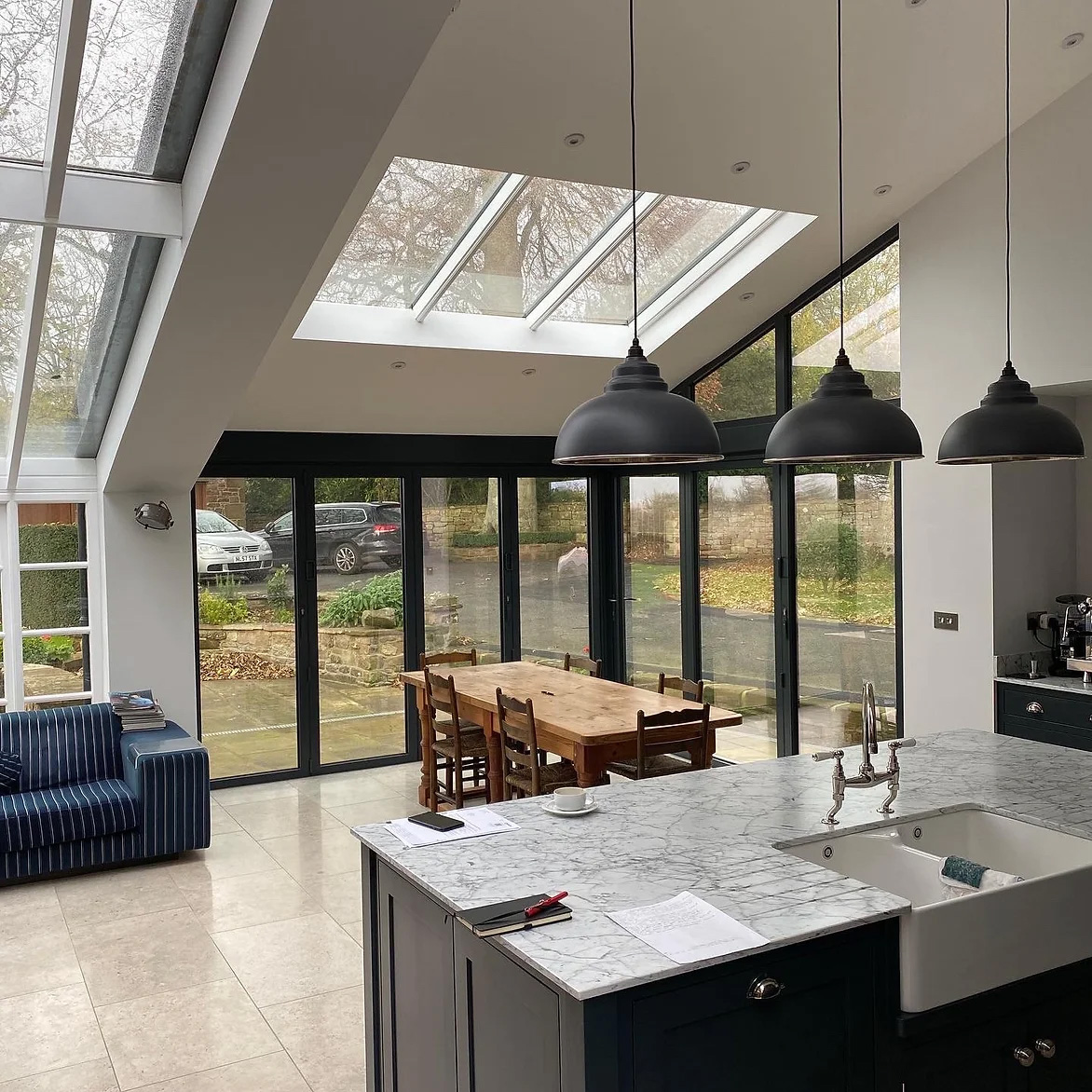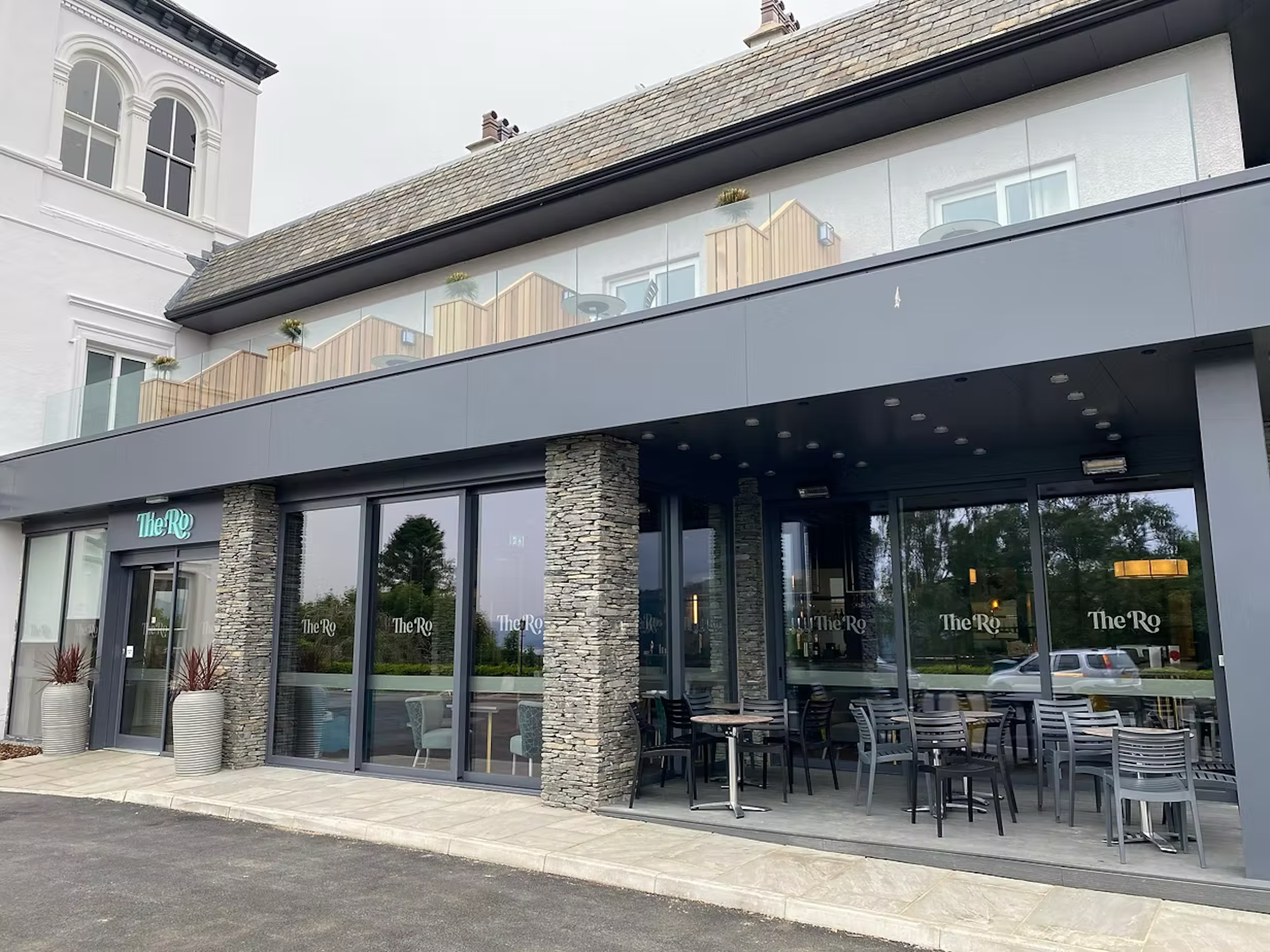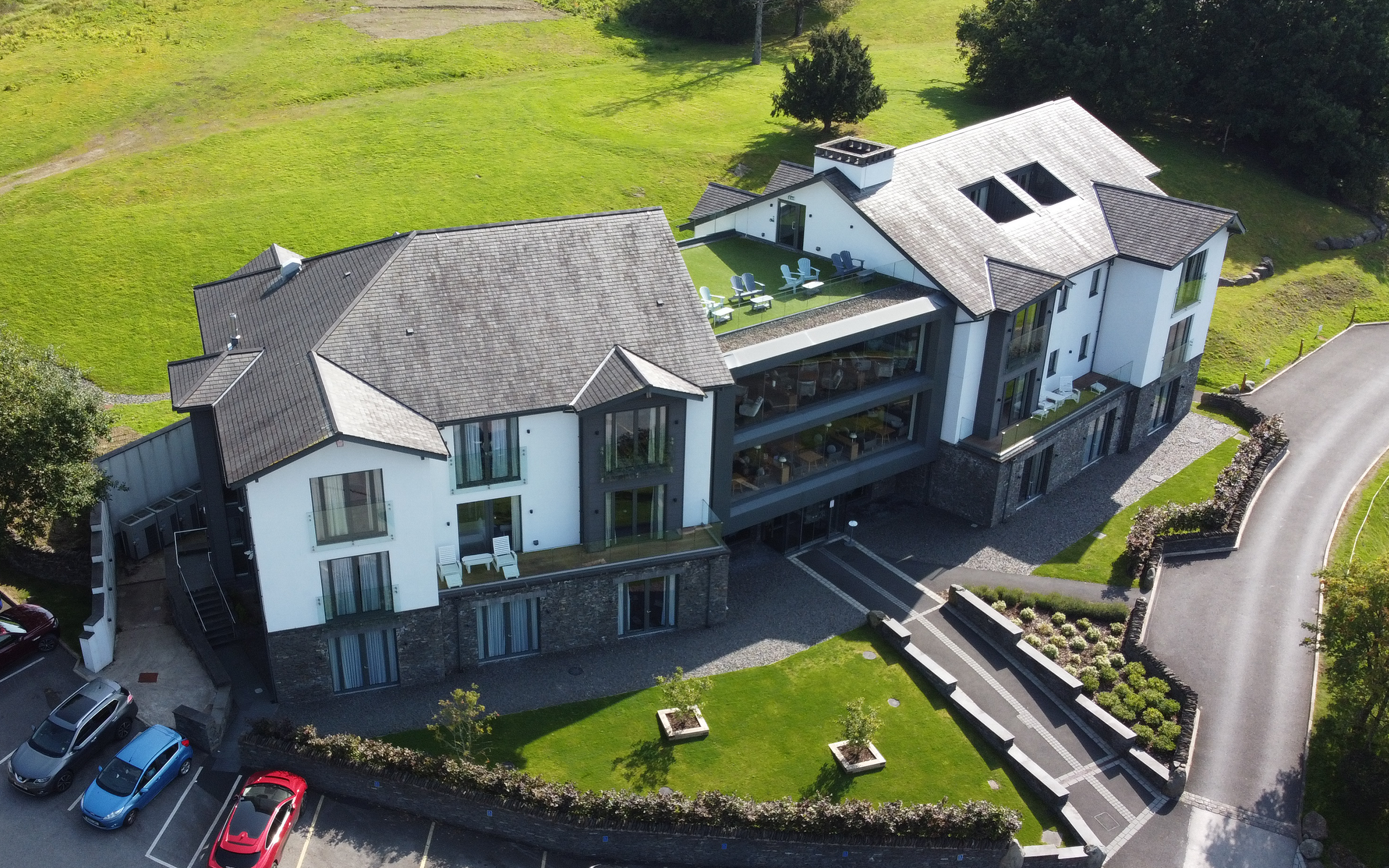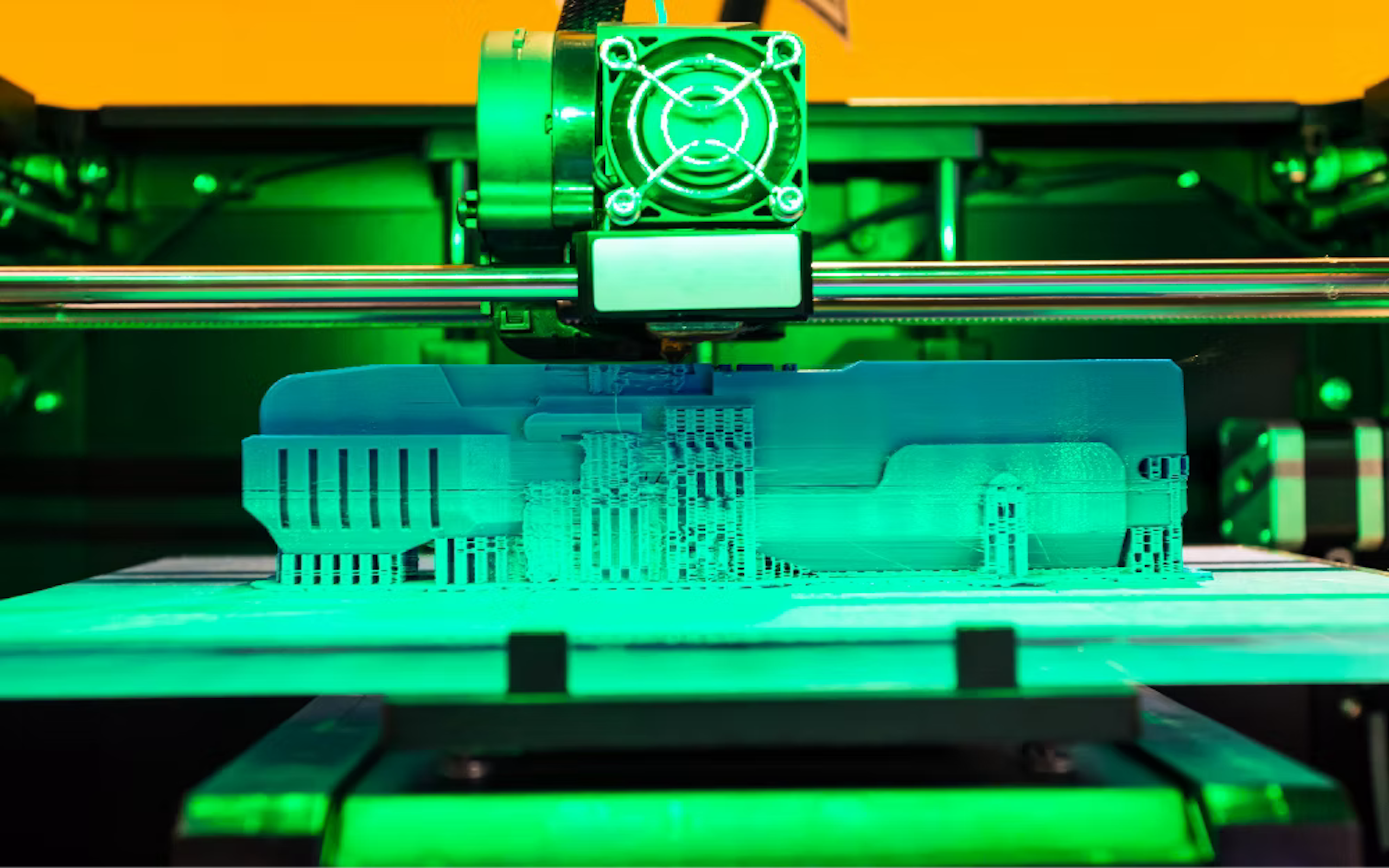
This summer, a new pedestrian bridge appeared in Amsterdam, spanning the Oudezijds Achterburgwal in Amsterdam’s Red Light District. What set this installation apart from the other 1200-odd bridges that criss-cross the city’s waterways was its method of construction: it was built in a factory using 4,500kg of stainless steel and some fairly impressive 3D printing technology.
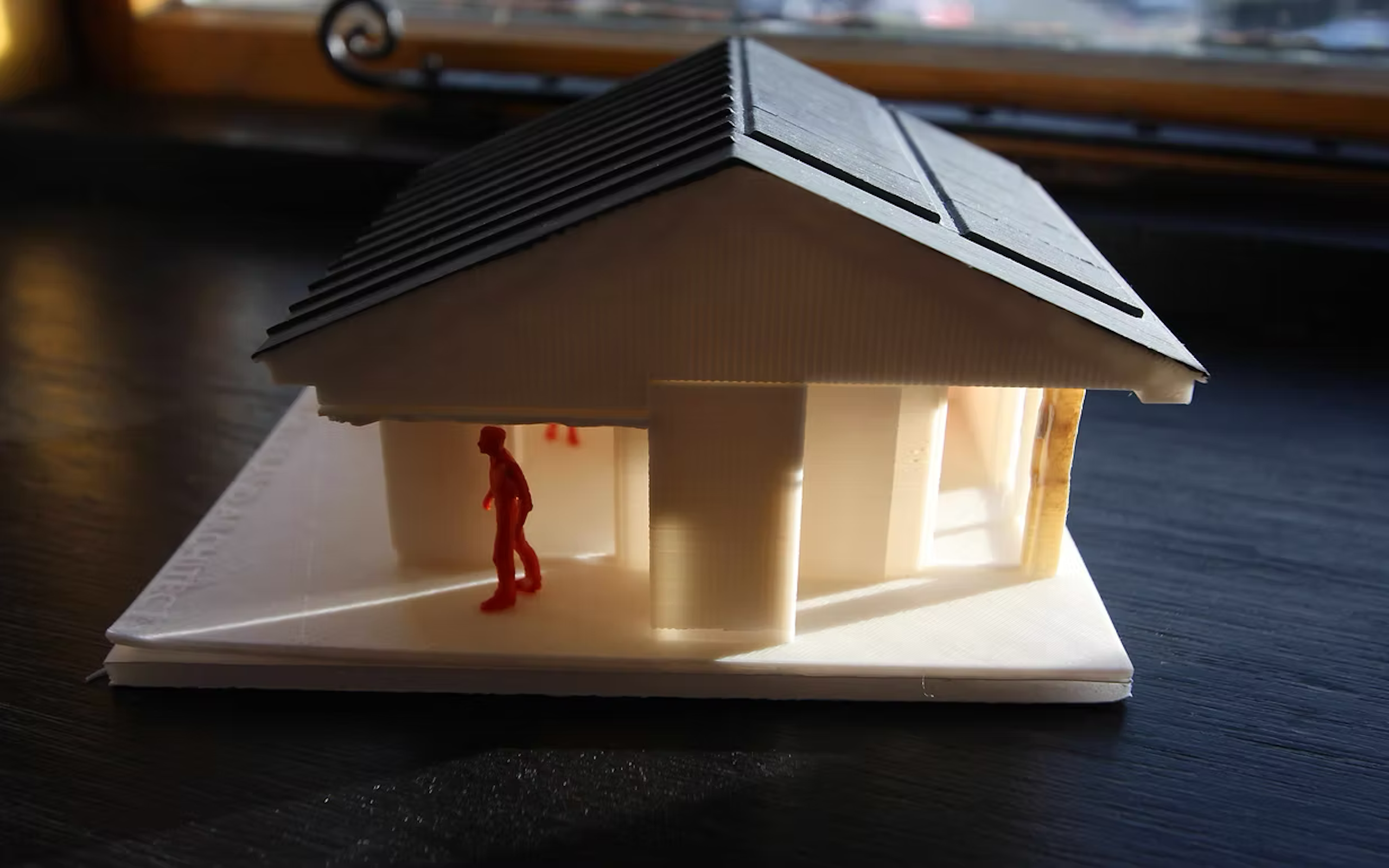
This spate of projects is the result of huge innovations in 3D printing that have brought more efficient and affordable construction options to the field in the hope that building construction could become more sustainable. These advancements are taking shape in real time – US 3D printing construction company Mighty Buildings recently announced a partnership with Fortera, a materials technology company whose innovative cement product reduces CO2 emissions by more than 60 percent compared to traditional cement.
Mighty Buildings is also behind a development of 3D-printed homes in Coachella Valley, California. The net-zero energy homes will be built using a highly automated process that the company claims will produce 10 times less waste than traditional building methods.
The industry is ripe for change. It’s estimated that buildings use circa 40 percent of the world’s resources, with the building and construction sector responsible for 39 percent of all carbon emissions, according to the World Green Building Council. Optimising building efficiencies could have a big impact on its environmental footprint.
The team behind the MX3D bridge say it, too, showcases the more efficient use of materials, although other experts have argued that the stainless steel used in the project still represents almost 28 tonnes of embodied carbon.
At MGA, we’re making our own – slightly smaller – foray into 3D, having acquired a new 3D printer for the studio. Generating 3D scale models will allow us to better communicate our design ideas to clients, rather than relying only on technical drawings, sketches and rendered images.
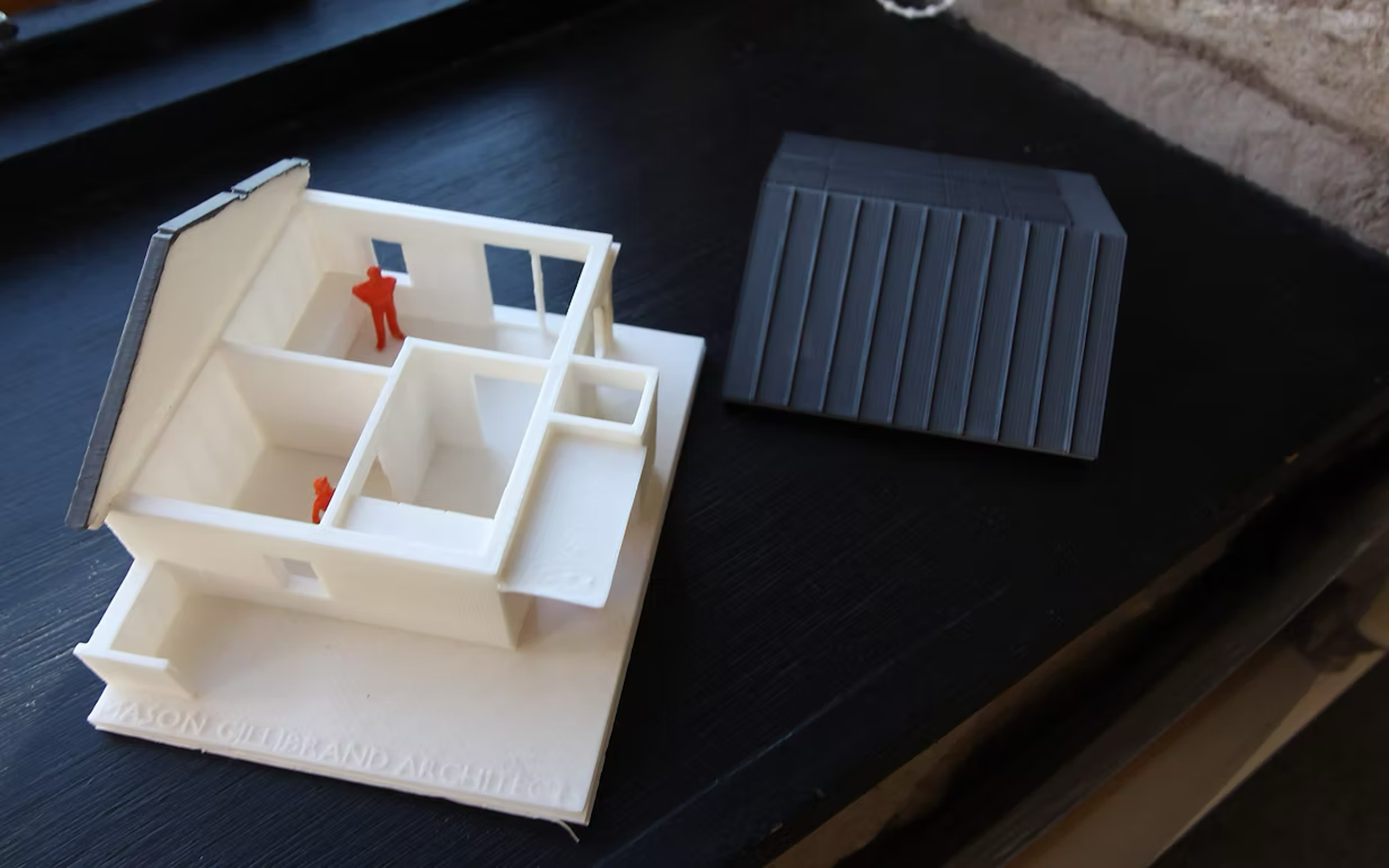
Early signs are that clients really engage with a tactile 3d model and it helps to test ideas in a simple and engaging way. It has also played a bit part in a recent design competition success – more information on that in early 2022.
